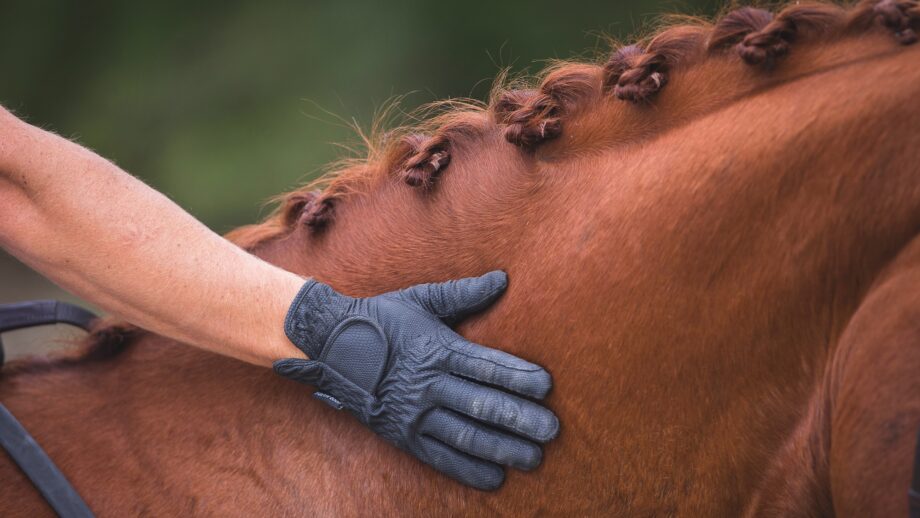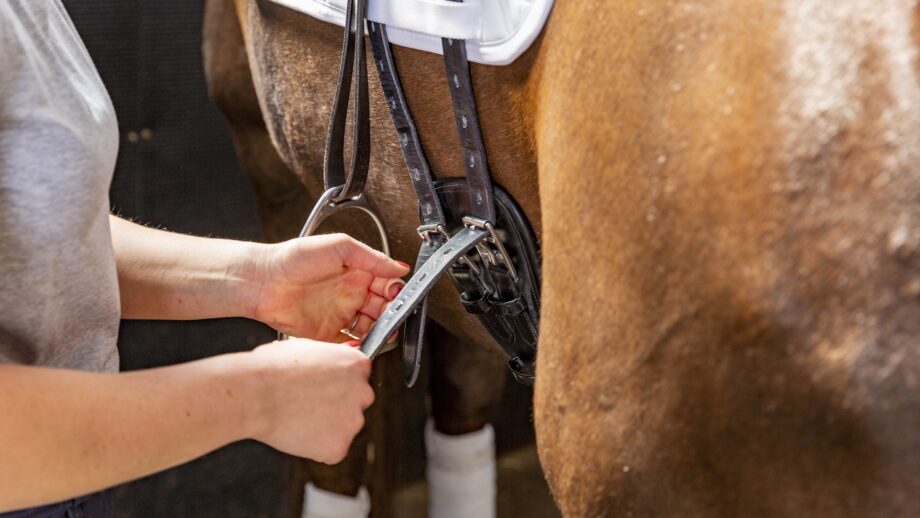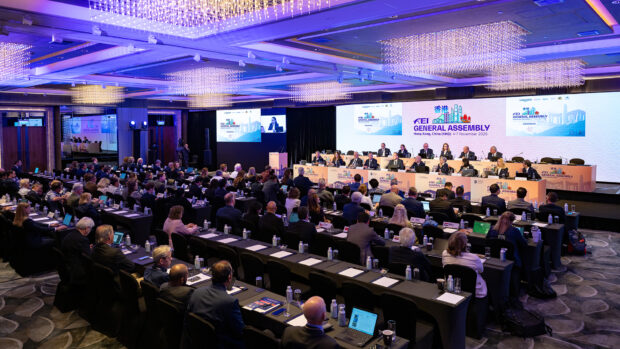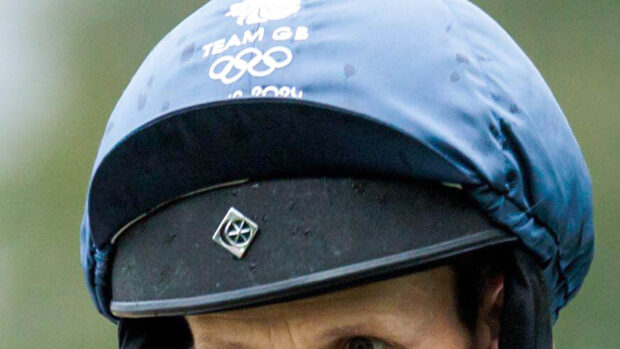What message do we send when we treat whips as fashion accessories?
This was a question posed at the British Equestrian Trade Association bits, bridling and saddlery conference (28-29 October), as experts looked into what all equestrians do to give horses truly good lives.
World Horse Welfare CEO Roly Owers spoke about “Welfare in riding – our role in influencing change”.
He told guests: “At our heart, we’re all about inspiring people to put the horse at the centre of everything they do.
“We’d all like a harmonious relationship with our horses, and that’s what the public wants to see. But we need to acknowledge there’s an imbalance of power in the relationship. We control everything the horse does, and want to control how they perform under saddle. But horses are way stronger than us, and that’s where tack and equipment come in. They’re key in how we exercise our power, so it’s vital we choose equipment that respects that imbalance, and doesn’t take advantage of it.”
Mr Owers said responsibility is shared; regulators determine what can be used, riders and coaches use it, educators teach about it. And equestrian trade also has a “pivotal” role.
“If people can’t buy a piece of equipment, they can’t use it,” he said. “Equipment that might compromise welfare can’t be used if it’s not available, equipment that might improve welfare needs to be available so people can use it.”
The horse’s perspective
Mr Owers said all equipment must be considered from the horse’s perspective.
“Riding involves physical pressure on the horse, so we need to ask fundamental questions,” he said. “Where does the horse experience pressure, and can we mitigate it? Does a piece of kit lead to conflicting or inescapable pressures? If so, why are we manufacturing it?”
Mr Owers said the trade can influence positive welfare by taking into account ongoing research, citing manufacturers such as Fairfax, which develop tack and equipment based on scientific studies, and having conversations with stakeholders to guide “evidence-based, pro-welfare design”. Learning about equine behaviour and expressions is also key, to ensure horses are “happy” and comfortable.
“Any of your communication strategies could be used to educate people about welfare and promote pro-welfare messages,” he said. “And finally, while not really lorinery or saddlery, whips have a legitimate place in training horses, when used in accordance with learning theory and in a way that’s minimally aversive. And if we’re honest, so much current whip use is neither, which harms both the horses and public acceptance. What message do we send when we treat whips as a fashion accessory?
“Every sector of the horse world has its part to play in promoting and protecting equine welfare, and there are multiple opportunities [in the trade], from design to marketing to messaging. Moving towards ethical evidence-based standards may be, will be, the best strategy to positively influence the welfare of the ridden, indeed all of the horses in our care.”
Ethical riding
Madeleine Campbell, professor of veterinary ethics at Nottingham University, looked into how everyone can play their part in ethical riding.
She cited the ethical framework for involvement of horses in sport, which she published in 2021 to work through whether any issue is ethical or not.
“The central tenets can be applied to pretty much any human use of non-human animals,” she said. “If we’re thinking about the way each of us can do the best by our horses every day; what does this horse actually need? What do I need to do to meet its welfare needs as well as I can? If we have at the back of our mind these three central tenets, always, that’s a help.”
Dr Campbell said the first tenet is to minimise negative and maximise positive welfare experiences – and although the first is “kind of obvious”, “we’ve only begun much more recently to understand what actually gives the horse a positive welfare impact, then to provide that”. The second is to identify and mitigate avoidable, unnecessary risks, such as introducing frangible devices to reduce the risk of falls in eventing, and the third is to comply with laws and governing bodies’ rules.
“The question is, what does that mean in everyday life?” she said. “Part of this is around shared responsibility for equine welfare, sometimes explained as a form of safeguarding.”
Safeguarding
Dr Campbell said that in safeguarding children, everyone involved in each child’s life shares responsibility not only for protecting them but for helping them flourish.
“This is the analogy for us, that all of us involved in equestrianism need to accept we share that responsibility for equine welfare, and that is part of our ethical approach,” she said, adding that this is everyone from riders and grooms to vets, farriers and saddlers. “They all have a role to play in optimising the wellbeing of the horse, so ensuring we’re approaching our use of horses ethically, and it’s crucial they all talk to each other.”
Dr Campbell cited ongoing work on equine behavioural indicators of positive welfare states as key, as this will allow us to know, and show, when horses are having positive experiences, and that any small changes to improve welfare will add up to better lives for horses.
“I do think it’s ethical for humans to use some animals, as I do think we can give them good lives. All of us can think of a horse, many horses, who we’re confident are having good lives, and if one is, they all can.”
- To stay up to date with all the breaking news from major shows throughout 2025, subscribe to the Horse & Hound website
You may also be interested in:

Future perfect? The possible ethical issues of genetic technology *H&H Plus*
Genetic technology offers us the potential to beat equine disease and boost performance, but how far should we go? Dr

Showing the public – and ourselves – that horses can enjoy their sport

Involvement of horses in sport is ethically ok, research finds

Give riders the real deal – not ‘a false sense of security’ – this Christmas

Subscribe to Horse & Hound magazine today – and enjoy unlimited website access all year round





